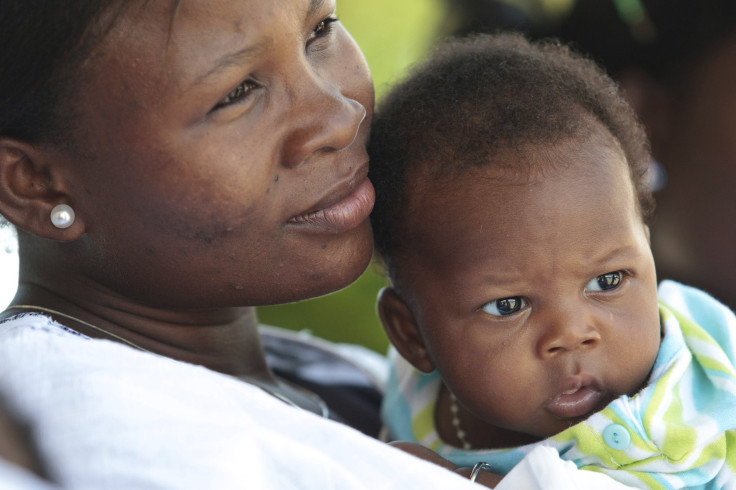Worldwide Child Mortality Rates Drop Significantly, Reports UNICEF

Child mortality below the age of five has dropped significantly since the 1990s, according to a new UNICEF report. Globally, deaths of children under five dropped from 12 million in 1990 to an estimated 6.9 million in 2011.
The decline in mortality rates over the past two decades can be attributed to better education, nutrition, child protection, health services, respect for human rights and economic development.
The world is now seeing fewer children dying since the 1990s but that does not mean there is no cause for concern. According to a statement by UNICEF, about 19,000 children under the age five die every day from infectious diseases which can be prevented.
"Millions of children under age 5 are still dying each year from largely preventable causes for which there are proven, affordable interventions," said Anthony Lake, UNICEF Executive Director. Lake said that many of these lives can be saved with vaccines, medical care and nutrition.
Infectious diseases account for two-thirds of all under-5 mortality rates in the world. Pneumonia, at 18 percent, and diarrhea, at 11 percent, are the highest contributors of deaths in children. Many children also die due to malnutrition.
Research has shown that low levels of nutrition not only impair the body's ability to fight an infection but also push the beneficial bacteria present within the guts to cause severe inflammation and ultimately death.
According to the report, starting breastfeeding within an hour of birth can significantly reduce the risk of early death. Mother's milk strengthens the newborn's immune system and helps prevent hypothermia.
Countries that have recorded economic growth have shown the best progress in bringing down child mortality rates. Mexico's GDP rose from $260 billion in the 1990s to $1.1 trillion in 2011; Brazil's went up from $460 billion to $2.5 trillion; China from $360 billion to $7.3 trillion and Peru saw a rise from just $26.3 billion in the 1990s to $176.7 billion in 2011. These four countries are reported by the U.N. Inter-agency Group for Child Mortality Estimation (UN-IGME) to be on track for meeting the Millennium Development Goal of cutting child mortality by two-thirds by 2015.
A third of all under-5 deaths occur in India and Nigeria, the report said.
"We're concentrating our energies much more on the countries where the biggest challenges remain. We're re-focusing on the killers of children that haven't received enough attention yet," said UNICEF Chief of Health Ian Pett.
Pett added that just delivering health services was not enough; "mother's education, good communications, good infrastructure and good governance" are important factors that must be focused upon to improve the health outcome of the children.
Published by Medicaldaily.com



























